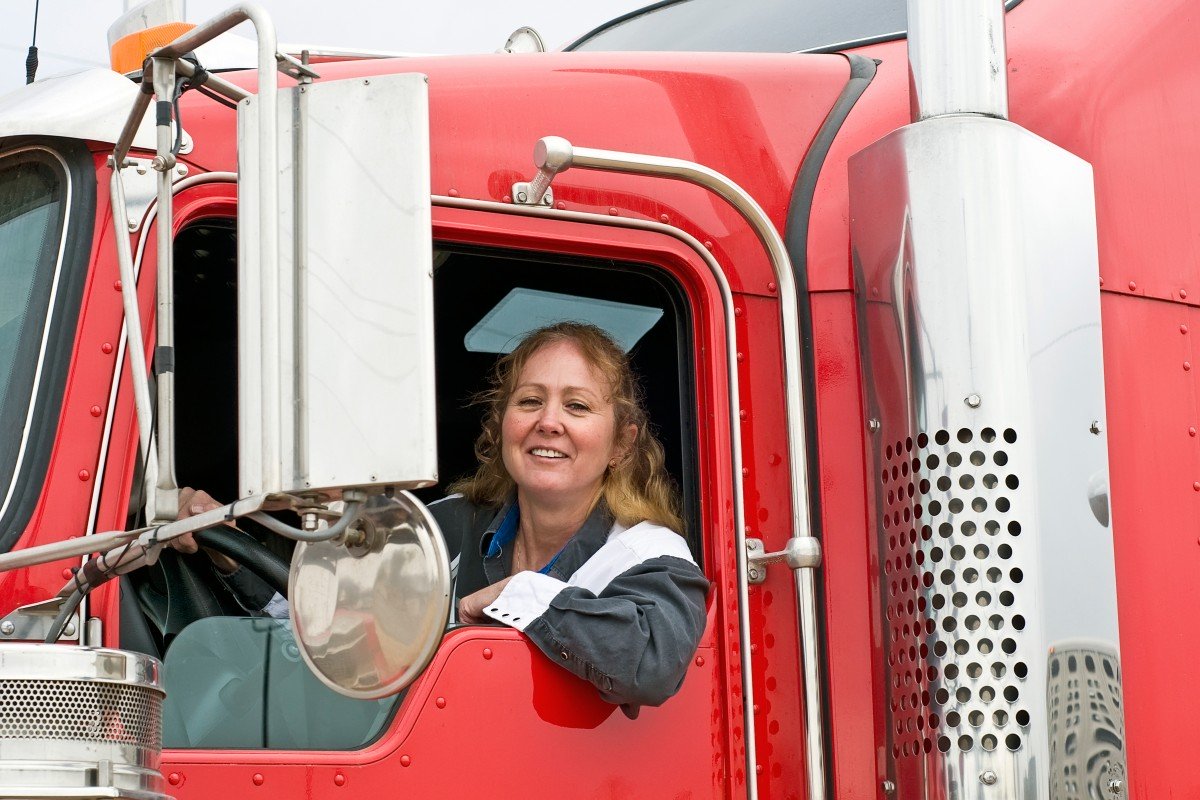The COVID-19 pandemic continues to highlight the sheer importance of long-haul drivers in the United States as record unemployment in the trucking industry leads to disruptions in supply chains nationwide. Namely, these unemployment rates resulted in a critical driver shortage in the industry, forcing carriers to increase their spot rates. According to Business Insider, when carrier rates increase, retailers tend to pass the transportation costs down to consumers. During the last driver shortage, Amazon raised their Prime membership price by $20. Clearly, a driver shortage affects more than just the trucking industry.
As we move forward in 2021, the trucking industry needs to address the long-lasting challenges presented by the COVID-19 pandemic in order to improve driver employment levels and avoid further turmoil.
Where did all of the Truck Drivers go?
One of the main factors leading to the shortage of long-haul truck drivers is the global economic recession. At the height of the COVID-19 pandemic, the trucking industry saw record unemployment rates, with over 88,000 jobs lost in April alone, according to the Bureau of Labor Statistics. While unemployment rates have improved since April, the U.S. unemployment rate currently hovers around 6.7%—the highest it’s been in years.
Some carrier companies have since closed down their operations permanently due to decreased demand and increased driver costs. Government-mandated social distancing measures imposed on those remaining carrier companies negatively impacted productivity and further limited the need for truck drivers.
Increase in Unemployment Benefits
Due to the drastic increase in unemployment, the United States government passed legislation that increased unemployment benefits and provided stimulus payments for Americans. Many older drivers decided to protect their health by accepting the unemployment benefits, rather than travel the country and put themselves at risk of infection.
For a while, the increased benefits actually provided unemployed drivers with nearly comparable salaries to what they would be making while fully employed, disincentivizing them from returning to the workforce right away. Hundreds of owner/operators even received federal PPP loans to keep them afloat without having to work during the pandemic. As for what’s next, President-elect Joe Biden has his own plans for economic relief packages, including a boost in unemployment benefits that will certainly impact the trucking industry.
Early Retirement
Not only is the pandemic responsible for widespread unemployment throughout the trucking industry, it also pushes many older drivers to cash in on their retirement early. According to a study published by the National Center for Biotechnology Information, long-haul drivers are an especially high-risk population, stating, “The unique co‐occurrence of pronounced health disparities and known COVID‐19 infection, morbidity, and mortality risks suggest the possibility of a novel COVID‐19 based truck driver syndemic due to advanced driver age and endemic health issues.” Many older truckers decided to protect their health and retire early amid pandemic fears, and it will take a new incoming group of truck drivers to fill the vacancies.
CDL School & DMV Closures
COVID-19 forced many small businesses to shut down, both permanently and temporarily. CDL schools across the country have had to close their doors, significantly impacting the ability of prospective new drivers to obtain their CDL. Further complicating matters is the fact that at the height of the pandemic, over half (27) of states closed their State Driver Licensing Agencies (SDLA) while the remaining 23 states operated at limited capacity, severely slowing down processes.
The pandemic has had such a great impact that the Commercial Vehicle Training Association (CVTA) proposed governors “enact executive orders to recognize CDL training schools and SDLAs as ‘essential services’ while also granting the Secretary of Transportation temporary authority to also administer CLP or CDL testing due to SDLA closure.” CDL school and SDLA closures also put a pause on the training and licensing of an estimated 25,000 to 40,000 new drivers. Many states and localities continue to impose their own restrictions and lockdowns, making it difficult for new drivers to obtain their CDLs and join the depleted workforce.
The Drug and Alcohol Clearinghouse
In January 2020, the government made it mandatory for all long-haul drivers to report to the Drug and Alcohol Clearinghouse for centralized management of driver substance abuse records. Any drivers violating the DAC’s substance abuse policies are immediately removed from the road, and their infractions are documented for five years for current and future employers to access. Drivers can return to the road upon completion of proper DAC return-to-duty protocol, including meeting with a substance abuse professional.
In 2020, the DAC removed more than 50,000 drivers for substance abuse infractions; less than 10% of “early violators” have returned to the workforce. This means the trucking industry can expect to lose around 50,000 jobs annually due to substance abuse, which would be a huge burden on supply chains across the country.
The trucking industry has been hit hard by COVID-19, experiencing record unemployment rates and a driver shortage across the industry. Along with other repercussions, carrier companies now face difficulties finding and retaining high-quality drivers, leading to disruptions in supply chains. In order to minimize costs and keep the industry afloat, there will have to be new, innovative ways to attract quality drivers and meet the growing transportation demand.













